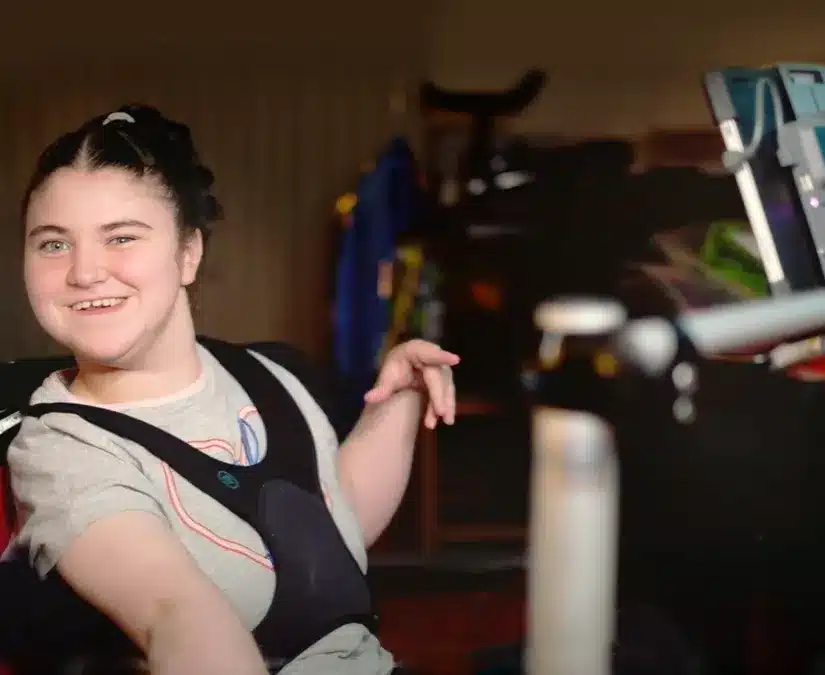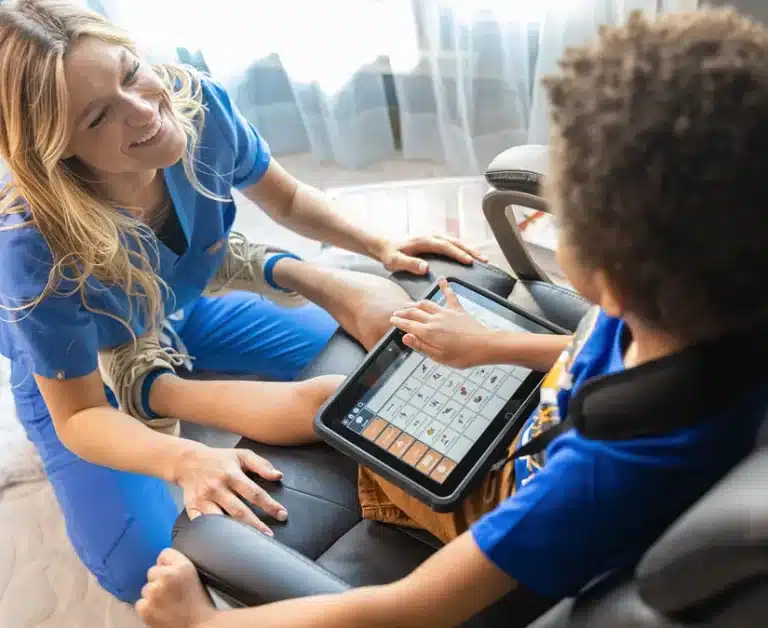
Cerebral Palsy (CP) is a physical disability that affects movement and posture. In Australia there are approximately 34,000 people with cerebral palsy. Worldwide, the incidence of cerebral palsy is 1 in 700 births. There are currently 17 million people in the world who have cerebral palsy. For most people with cerebral palsy, the cause is unknown. There is no known cure for cerebral palsy.
There is no single cause of cerebral palsy. For most babies born with cerebral palsy, the cause remains unknown.Researchers now know that only a very small percentage of cases of cerebral palsy are due to complications at birth (e.g. asphyxia or lack of oxygen). Today, it is accepted that cerebral palsy usually arises from a series of causal pathways, i.e. a sequence of events that when combined can cause or accelerate injury to the developing brain.
For example: Although prematurity is the largest risk factor for cerebral palsy, it is the sequence of events (causal pathways) that led to the premature birth that may have caused the cerebral palsy, rather than the premature birth itself.In 13 out of 14 cases of cerebral palsy in Australia, the brain injury leading to cerebral palsy occurs either in the uterus (while the mother is pregnant) or before 1 month of age.
Stroke is the most common cause in babies who acquire cerebral palsy after 1 month of age. The stroke may occur spontaneously or arise from surgical or heart complications.
For further information on cerebral palsy please visit the Cerebral Palsy Alliance website.
Life with Assistive Technology
Becky’s mum Fiona first learned about assistive technology from an occupational therapist when Becky was a toddler. They began her journey towards literacy with low-tech AAC (augmentative and alternative communication), such as picture communication books and switch access tools. Becky started with early versions of Tobii Dynavox eye gaze technology and communication software when she was seven and now uses the TD Snap on an I-Series device as her main communication aid. Through sheer determination and courage, Becky has not only achieved literacy; she is preparing to complete her GCSEs. Her favourite features on the I-Series are outdoor eye tracking, which allows her to study outside, and the Partner Window, which encourages eye contact and keeps people from reading over her shoulder. She’s also indulging her love of social media with Communicator 5 Accessible Apps. Becky uses a PCEye Plus eye tracker combined with a desktop computer for school work and gaming, as well as an EyeMobile Plus with a tablet for playing Minecraft and testing new software.


